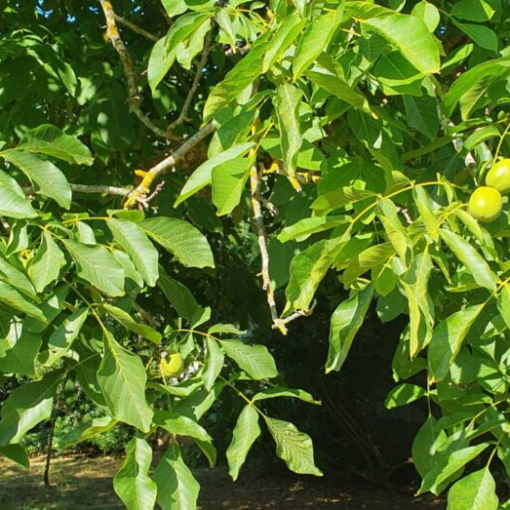The almond tree has always accompanied the journey and history of man who, over the centuries, has given it highly symbolic meanings of hope and constancy, of birth and resurrection; it symbolizes the renewal of nature after winter death.
The esoteric meaning is linked to the fruit: the almond represents the mystery that is revealed by breaking the shell that protects the seed. The almond, due to its ovoid shape, is a symbol of fertility, of the primordial birth of the Universe, it is the sacred space separated from the profane space.
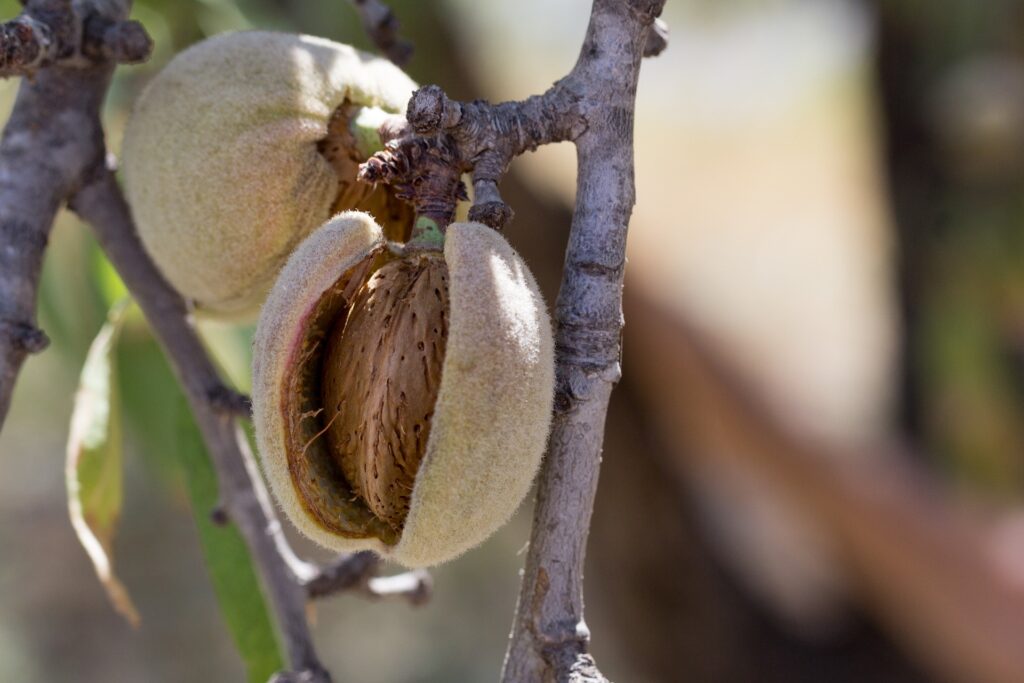
One of the most widespread symbols present in sacred painting and architecture, since the origins of Christian iconography, is the “Mystical Almond”, which sees the almond surrounding Christ or Mary to signify that the divine nature is contained within the human one.
The almond tree is mentioned in the Holy Scriptures, with numerous references especially in the Book of Genesis and in that of Jeremiah. In Hebrew, the almond tree is called “schakedh” which means “vigilant” because it is one of the first plants to wake up after the winter and for the Jews it also has a symbolic value: when Moses gives a stick to each chief of the twelve tribes, that of Aaron flourishes, makes “flowers sprout and almonds ripen” (Num 17:23). Furthermore, according to the recommendations of Moses, the golden candlestick of the Temple must have six “chalices in the shape of almond blossom” (Es 25,33-34; 37,19-20).
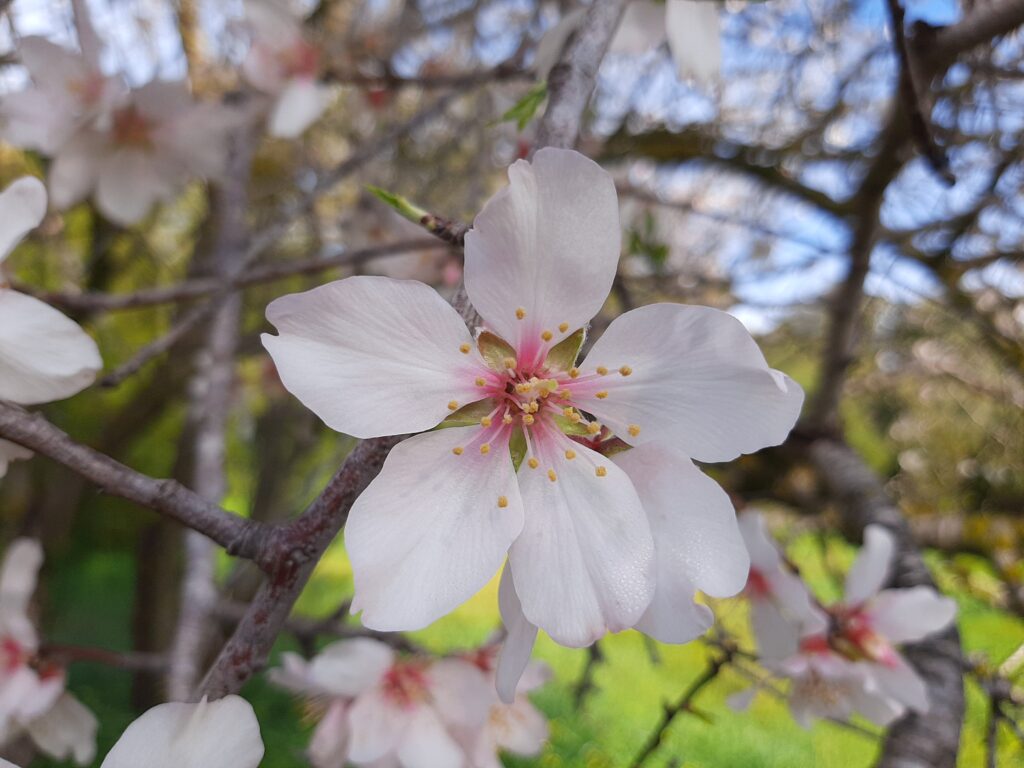
The almond tree is present in Virgil’s Bucolicas and Georgics, in Naturalis Historia by Pliny the Elder who recommended eating almonds before drinking wine as a remedy to prevent symptoms of drunkenness. In the Hieroglyphs Valerian claimed that: “unlike other flowers that symbolize youth, the almond blossom is a symbol of whiteness, as well as chaste temperance”.
In his “Metamorphoses” Ovid handed down the legend of the almond tree in bloom, the poignant myth of Phyllis and Acamante.
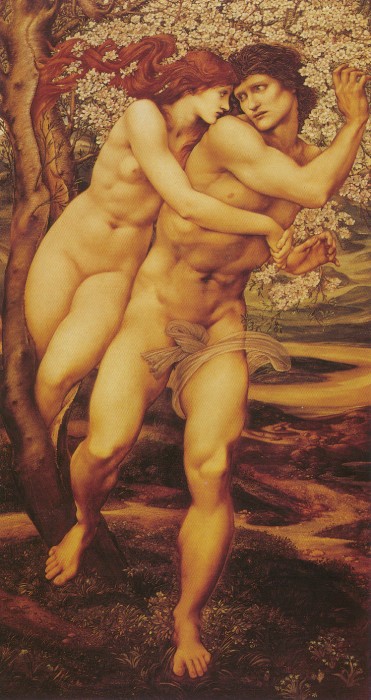
Phyllis, Greek princess, daughter of the king of Thrace, and Acamante, son of Theseus are in love, but he has to leave for the Trojan war. She waits for him for ten years, then she, not seeing him return, believing him dead, allows herself to die of pain. Athena, moved by pity, thus decides to transform Phyllis into an almond tree, a symbol of her hope that she had kept her alive while waiting for her. But Acamante is still alive and, on his return, having learned of the incident, desperate, he embraces the almond tree which, by virtue of so much love, is covered with fragrant flowers. A miracle that is renewed every year.
From the Middle Ages many references and citations come: in the year 716, almonds are mentioned in a charter promulgated by King Chilperic II of France; Charlemagne in 812 ordered the introduction of the cultivation of almond trees called “Amedulari” in the imperial fields, that is, up to Lazio and Abruzzo. A cookbook by King Richard the Lionheart dates back to 1130 and recommends the use of almonds in numerous recipes. In an inventory of 1372 by Jeanne d’Ivrea, Queen of France, 500 pounds of almonds were recorded against 20 pounds of sugar, testifying to the great consumption of almonds in the Middle Ages. According to documents dating back to 1407 in the city of Lübeck the preparation of marzipan was entrusted to pharmacists, while the Templars in Cyprus spoke of almond-based products in 1421. In the mid-fifteenth century, Marino Sanuto, a Venetian chronicler, notes in his diaries that almonds were the subject of a flourishing trade between Venice and Alexandria. Milk and almond butter in 1542 were indicated by Boorde, traveler, doctor and English writer, as foods to be consumed in Lent as an alternative to meat.
ART AND LITERATURE
Such a close relationship with human life could not fail to influence the creative sensitivity of artists and writers. One of all: Vincent Van Gogh!
The vision of almond trees in bloom in the south of France literally bewitched Van Gogh who in February 1890 created the famous oil painting on canvas “Blossoming almond branch” or “Flowered almond branch” and gave it to his brother Theo and wife Johanna Bonger for the birth of their son Vincent Willem. It represents the branch of a flowering almond tree, with white petals, which stand out against a turquoise blue sky. As a symbol of life, Van Gogh chose the branches of the almond tree, the announcement of the imminent spring.
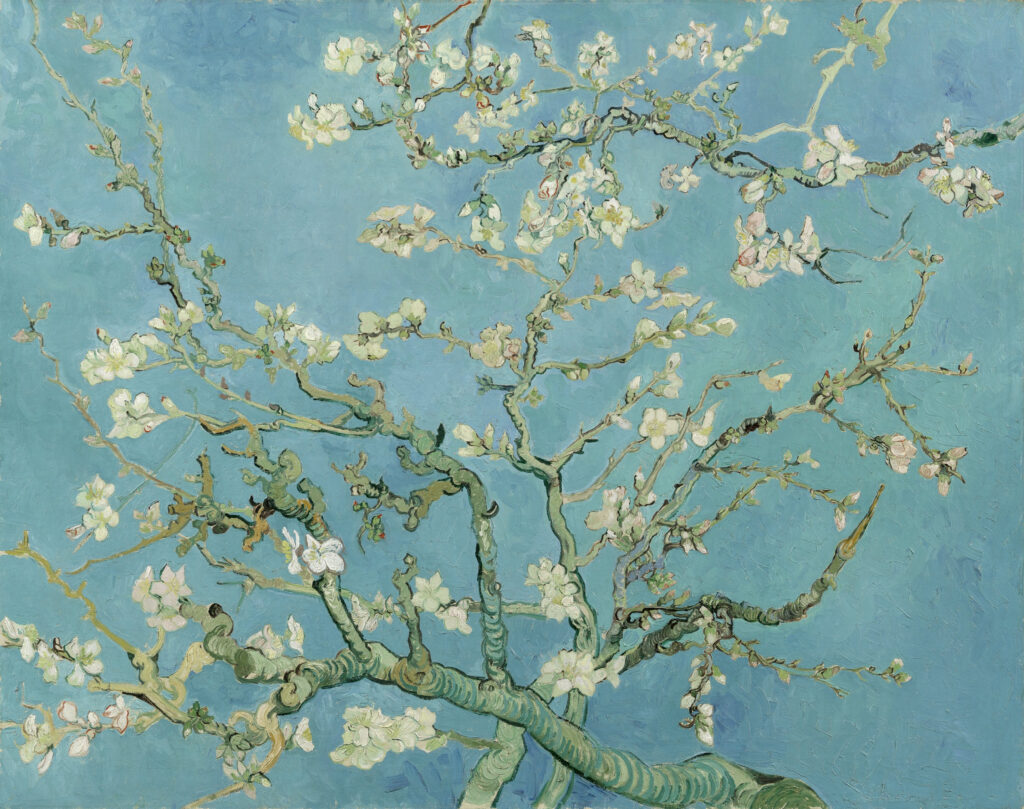
It wasn’t the only painting! In fact, in 1888 he created the Almond Blossom Branch in a Glass, an oil painting on canvas, currently preserved in the Van Gogh Museum in Amsterdam. Then others followed.
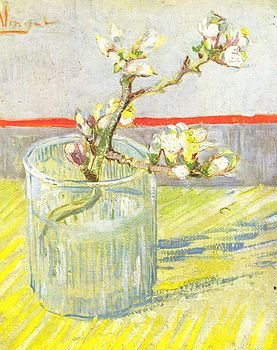
Non si può chiudere questa rassegna senza ricordare “La Mennulara” lo splendido e pluripremiato romanzodella scrittrice siciliana Simonetta Agnello Hornby pubblicato nel 2002. La storia è ambientata in una Sicilia terra di mandorli e la “mennulara”, protagonista del romanzo, era una raccoglitrice di “mennule”, cioè di mandorle.
We cannot close this review without remembering “La Mennulara” the splendid and award-winning novel by the Sicilian writer Simonetta Agnello Hornby published in 2002. The story is set in Sicily, a land of almond trees and the “mennulara”, the protagonist of the novel, was a collector of “mennule”, that is of almonds.
Credits
Author: Maria Beatrice Lupi. A naturalist and expert in training, planning for sustainable development, participatory methodologies, and European planning. Currently, she is involved in dissemination and education for sustainability.
Translation by Maria Antonietta Sessa.


